Just as we thought we were settling in, this week started with many changes in classrooms that led us in a scavenger hunt around campus. The upside of this was finding a couple of new places to study and starting to feel very at home with all the shortcuts we figured out!
In Spanish this week, three of us were given a test to determine where our gaps are, and we now do our own work while the others learn Spanish from the start. Tayla-Lee and I wrote a very amusing story that included a trip to the Teotihuacán pyramids with guest characters, including Speedy Gonzales! It was fun getting the chance to use Spanish differently and being more creative after some quite serious topics. I would attach the story, but it is pretty long and may be hard to decipher for non-Spanish speakers (and probably native Spanish speakers as well!).
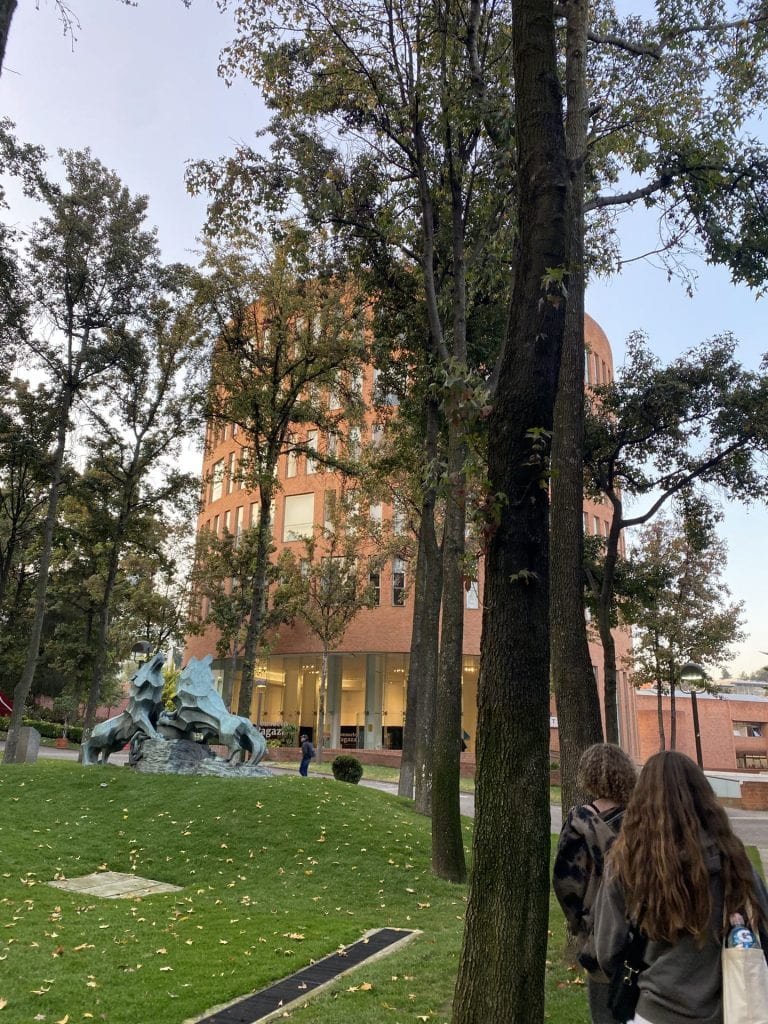

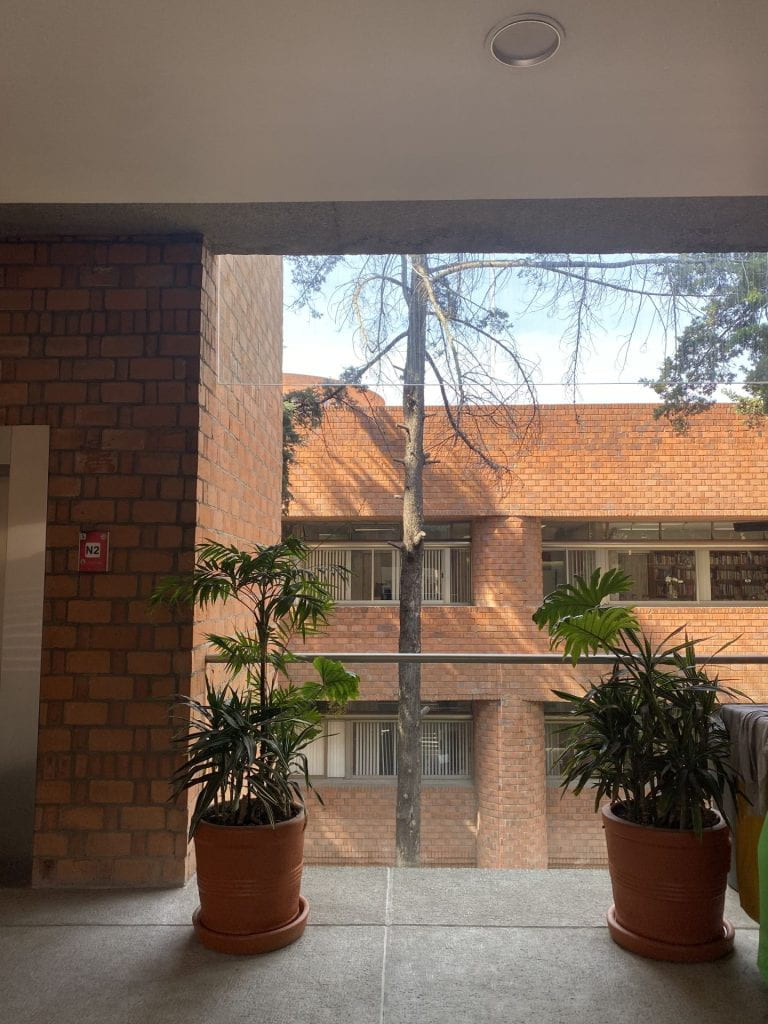
In our other lectures, our topic was migration. The main aspects we focused on were: a theoretical background of migration, including definitions; human rights involved in migration; and the United States / Mexico border. I had some theoretical knowledge, as I have studied migration in geography, but it was interesting hearing this explicitly applied to the U.S. / Mexico border. Mexico has a huge diaspora population in the U.S., making up 24% of the immigrant population there. Currently, the biggest issue faced at the border is migrants from Central America leaving their homes due to violence and travelling through Mexico to get to the United States. The desperation of the migrants, the resources they give up, and the physical effort they put into getting to the U.S. (walking between 8-12 hours a day) are astounding. They are then often met with violence and indifference at the border. Hundreds can arrive at the border at once, and only 40-60 people are admitted daily. Once they get through, they face time in centres and can be split from their families. While I’m sure that these stories are something most people have heard before, this week highlighted the need to humanise what we hear in the media. Often it is effortless to ‘switch’ off when listening to the news; it can be too much to hear so much distressing information at once. It is also important to ‘switch back on’ and remember that real people are behind these stories of desperation and violence. Emotion is needed to address the root issues of this type of migration – the violence and poor quality of life in migrant’s home countries. Ignoring them normalises the violence.
Following our lectures, we visited Casa Refugiados, which helps refugees in Mexico adjust to their new life circumstances. At the beginning of the workshop, we were asked to describe peace and violence in colours. For us, green and blue represented peace, and red represented violence. The people were surprised to hear peace as green as they had never heard that before. Red, they said, was universally recognised as violence. These similarities and differences highlighted their main point – that everyone’s version of peace varied, there was no singular image of it, and it was often pictured as out of reach and far away. Violence, on the other hand, is easily recognised and is a part of day-to-day life everywhere, no matter where you live. This normalisation of violence is mainly seen through media, where gruesome images are regularly shown. This paints people as objects to be commodified and, in their words, ‘the soul is thrown away’. The effect of this normalisation of violence is that we tend not to question it and therefore don’t try as hard to address it – as with the migration issue.
After we discussed violence and peace, we participated in a ‘laboratory’. We were asked to write down what we wanted to achieve and be doing in 2028. We then had to list five material objects and five people, social values, or characteristics needed to achieve those goals. The only caveat was that they all had to fit in a suitcase. Once we had written these down, we were led through an exercise, following the typical journey of a migrant forced to leave their home suddenly due to violence. On the way, we had to give something of value to people who wouldn’t let us pass otherwise and leave behind people older than 60. Once at the border, we had to try and convince security to let us pass. They only spoke German. When we were finally through to the neighbouring country, we ripped up our 2028 goals, as we had to adjust to a whole new life, culture, and language, and those goals weren’t applicable any more. This exercise was surprisingly powerful, again humanising the migration process and what people are forced to go through daily. It got me thinking about how migrants arriving in New Zealand must feel and how we should do more to make them feel at home and integrate them into our communities. They go through a lot, and arriving in a ‘safe place’ shouldn’t feel so daunting.
We learn a lot of theory at university, which is very important in starting these conversations about needing to make a change. However, we also have to enact these ideas. This starts with sharing our perspectives and listening to others, not only in an academic forum but from people from all places in their lives. Migration is an issue that I am not particularly close to. Still, through the workshop, humanising the issues and creating an emotional connection, I understand better the perspective of what it is like to be a migrant. Through this solidarity, we can make a change.
If you want to know more, this article gives an overview of the U.S. immigration debate: https://www.cfr.org/backgrounder/us-immigration-debate-0
And this is a short documentary (20 mins) following a migrant caravan to the U.S: https://www.youtube.com/watch?v=ZWq0v4ucav0
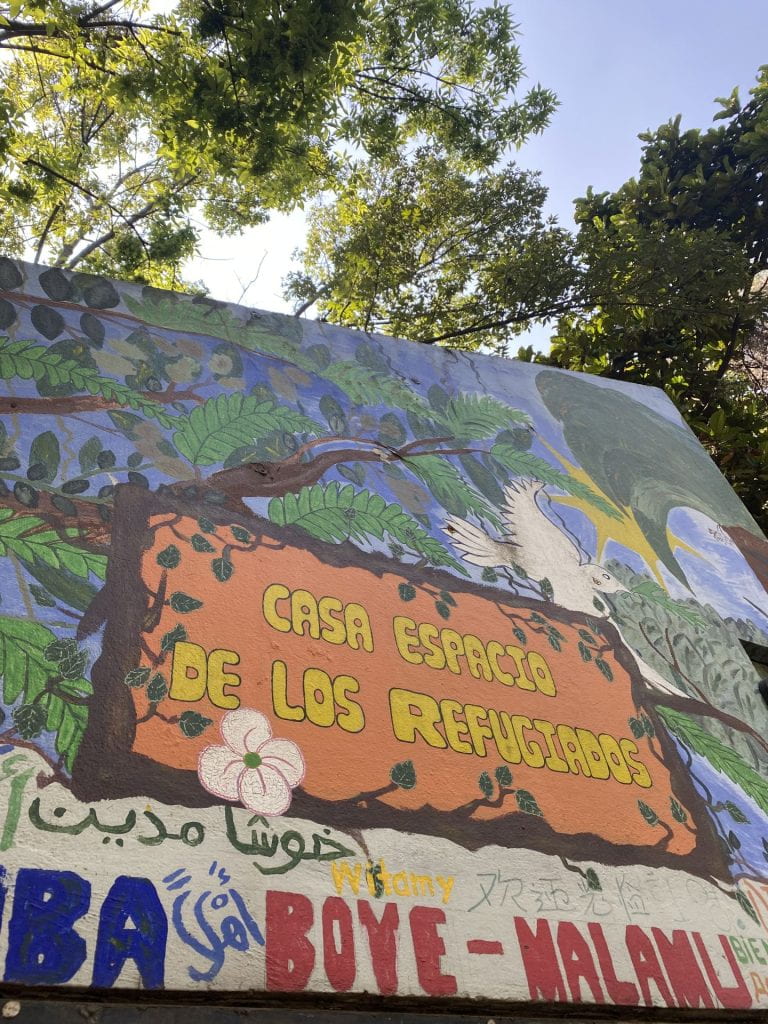
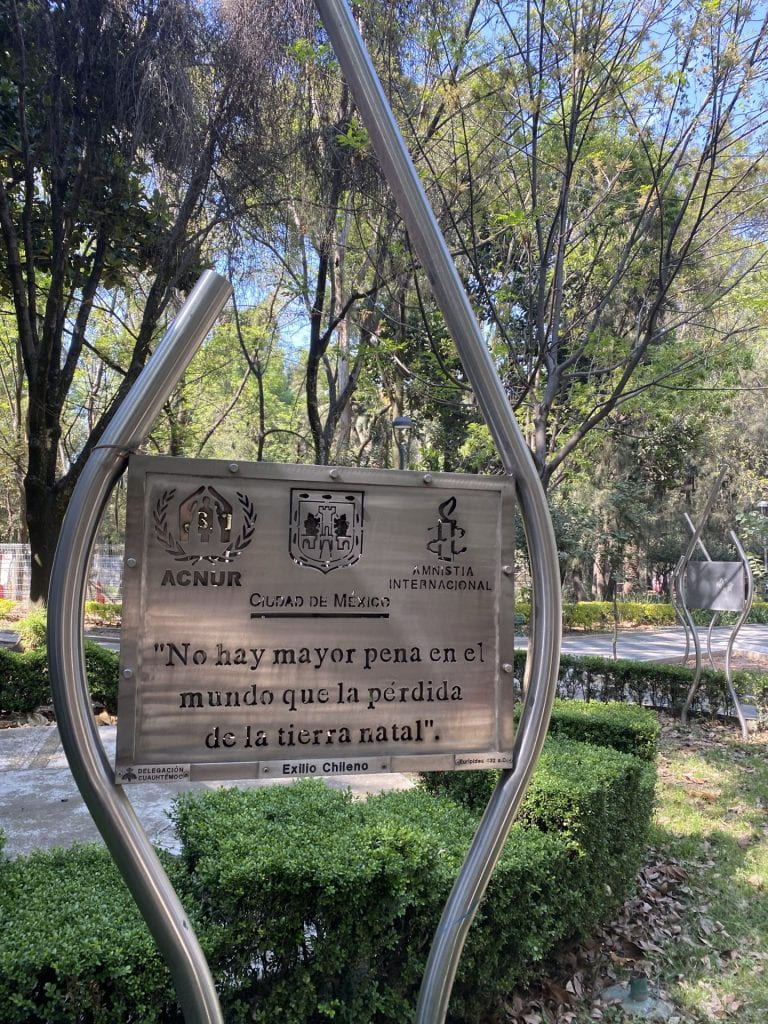
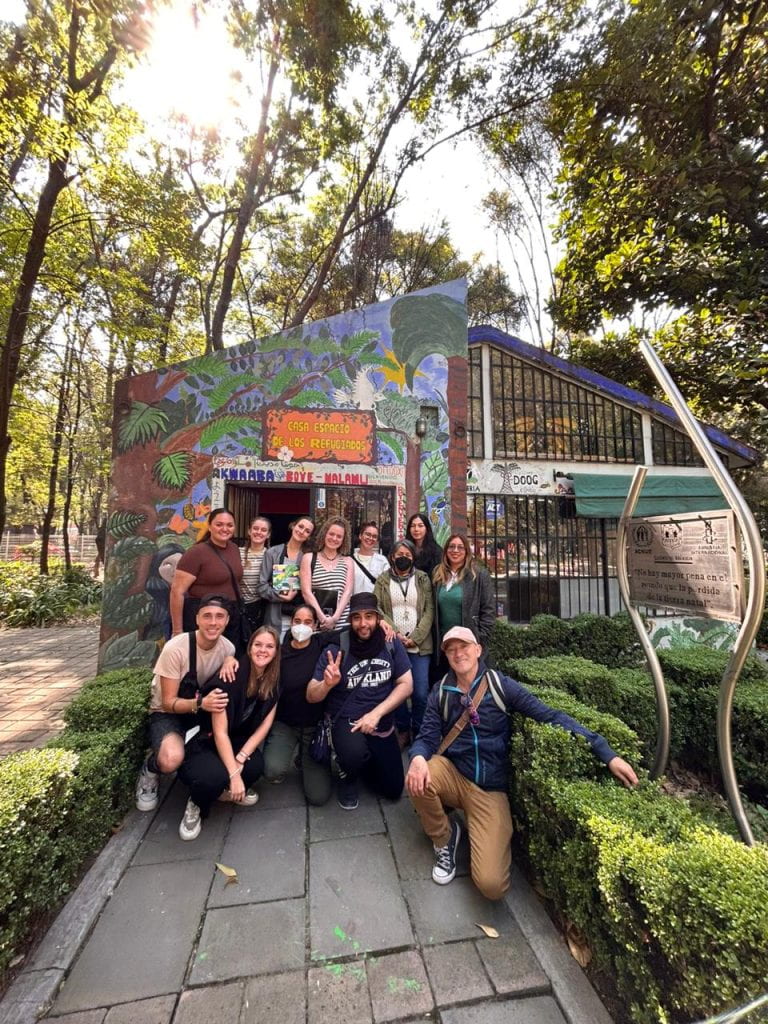
On a lighter note, our weekend was full of adventures. On Saturday, we did our weekly supermarket shopping, went to the market, and did our washing – all things you have to do no matter where you are! In the afternoon, we visited Frida Kahlo’s house, Casa Azul. Frida was one of Latin America’s most prominent female artists and someone who I’d studied in my classes, so it was cool seeing what I had learnt in person. The house was much bigger than I thought it would be, and I loved seeing all the little personal touches that made her feel more real. Her house is what I aspire mine to be if I ever manage to buy one!
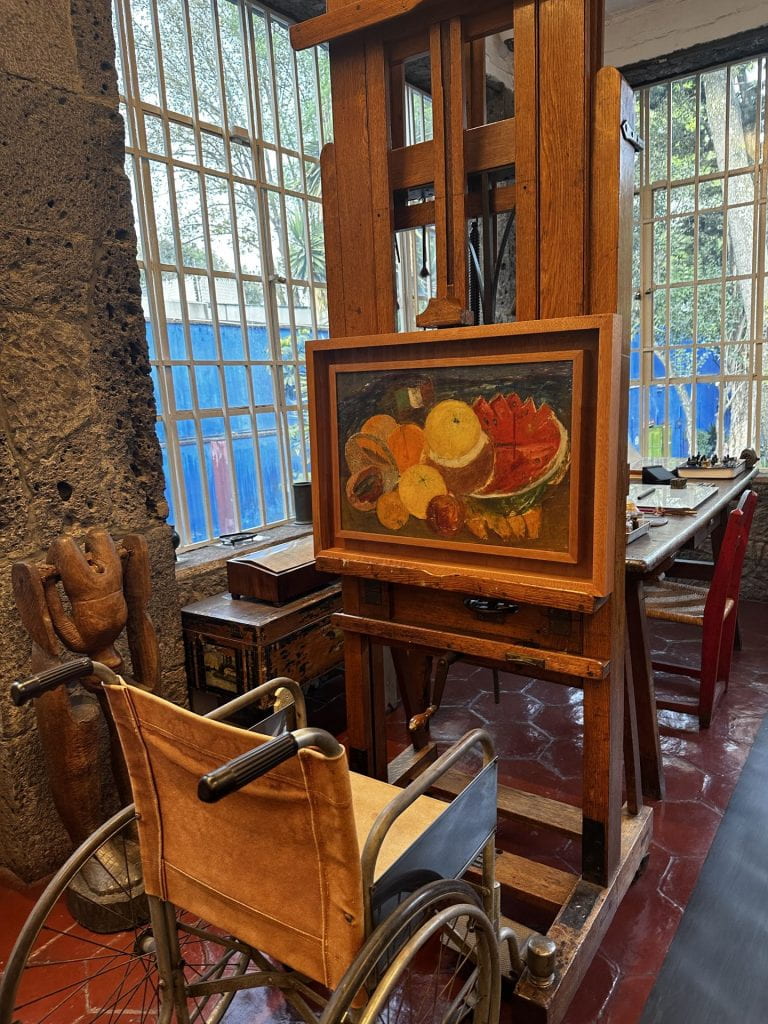
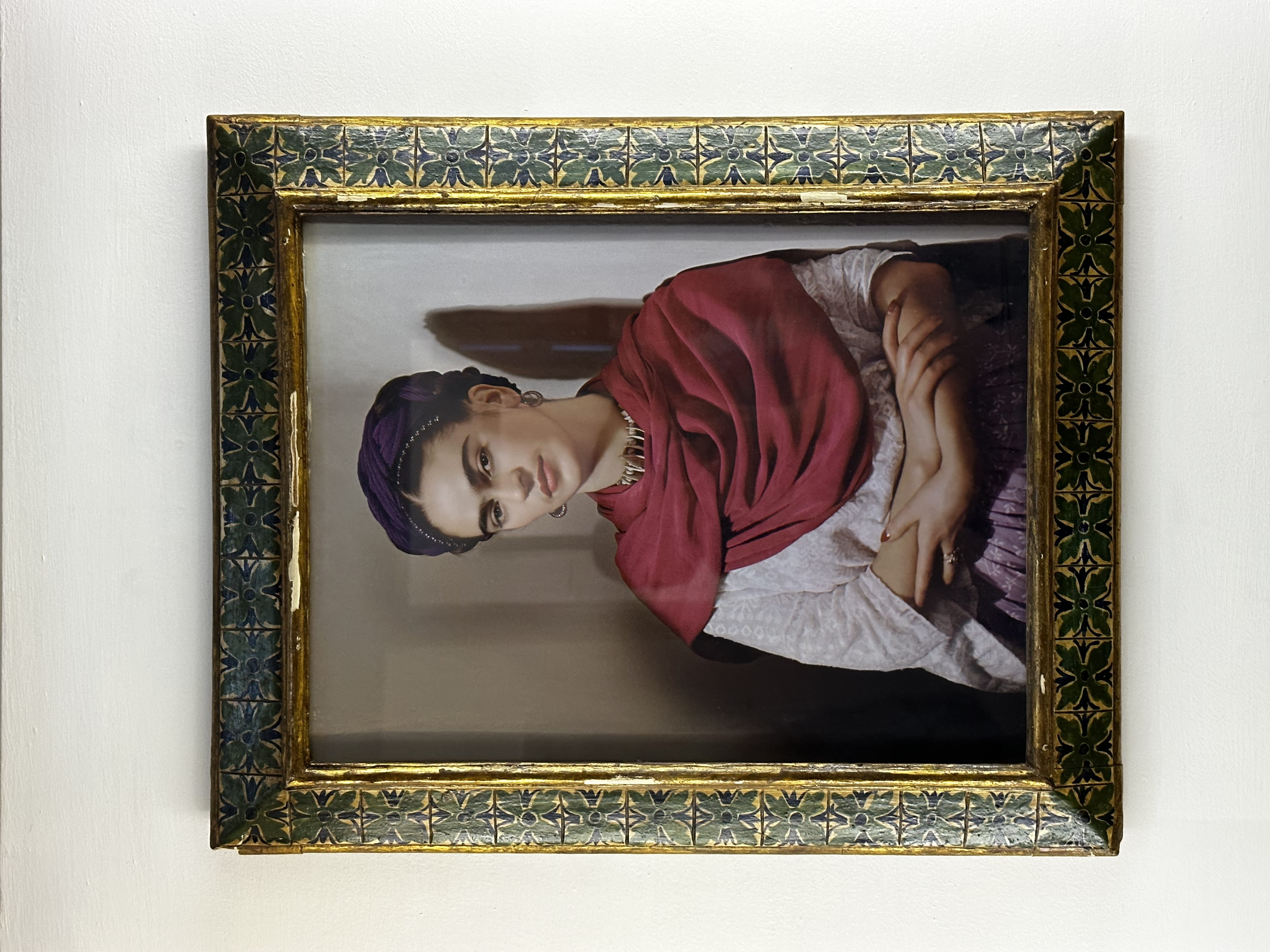
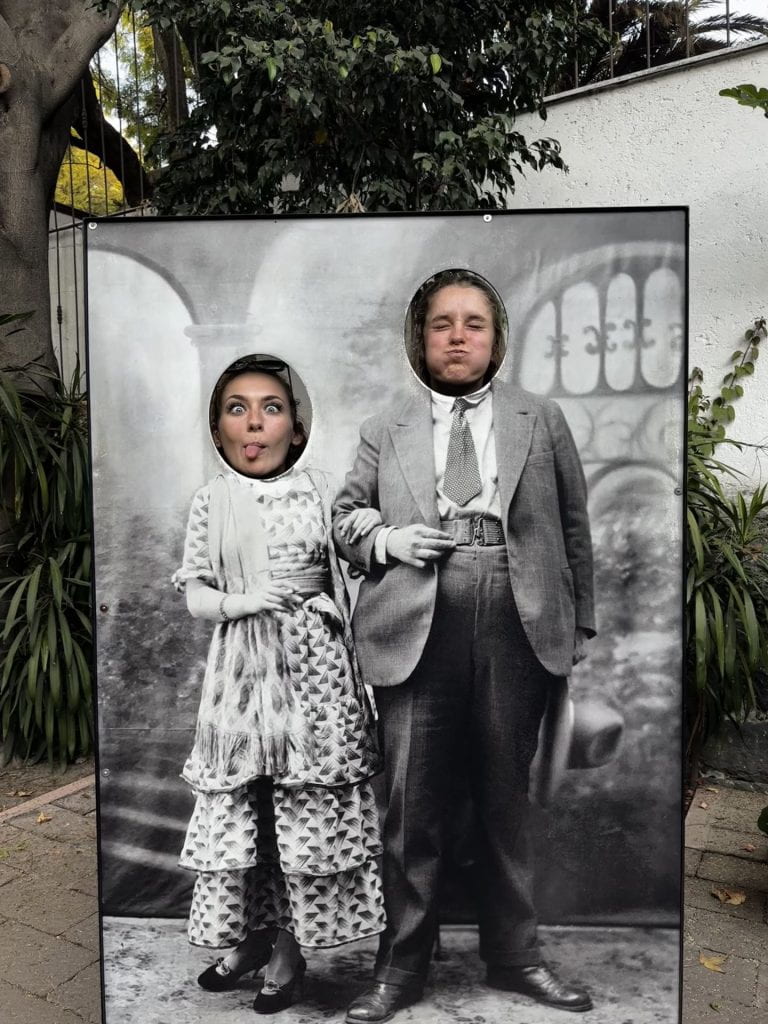
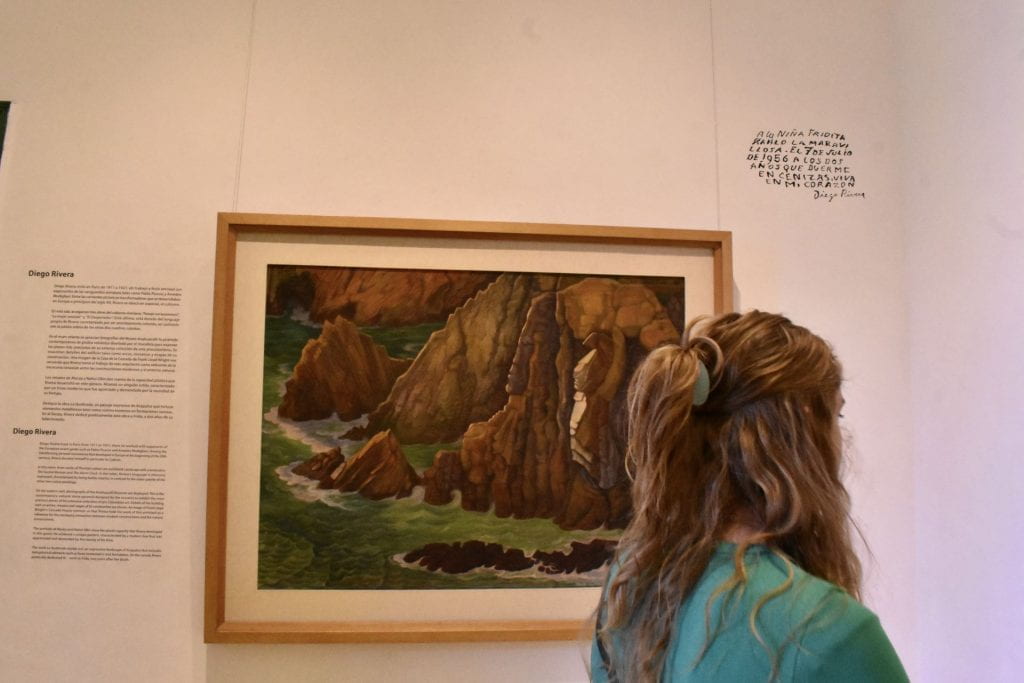
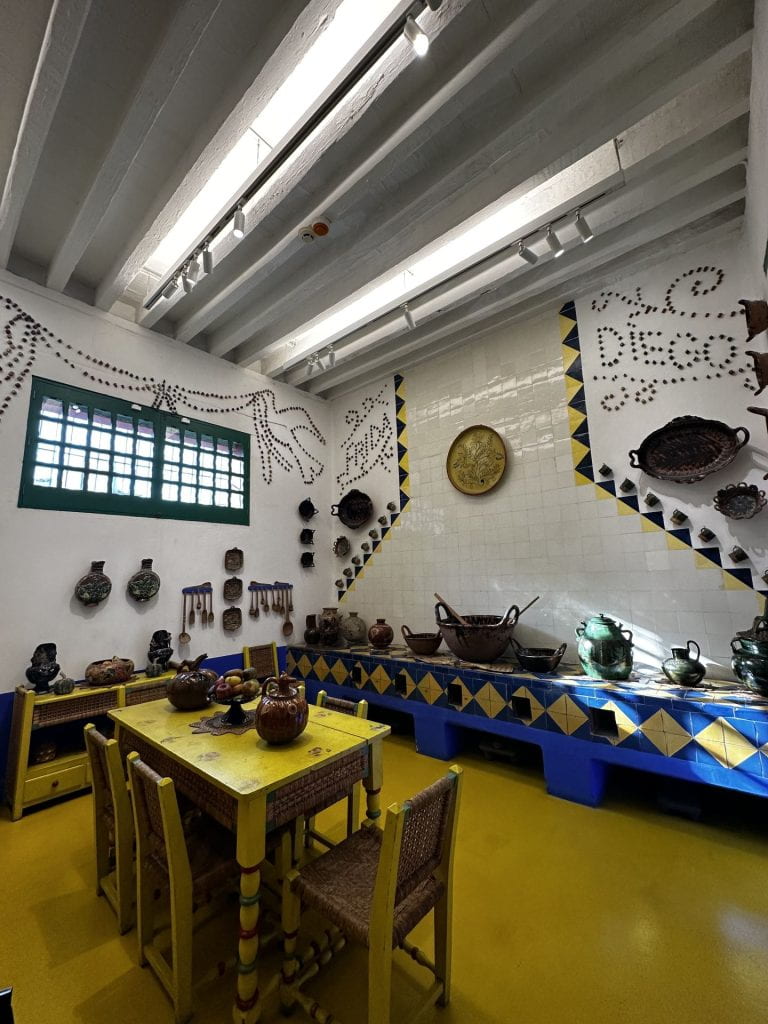
On Sunday, we went to Six Flags, an amusement park. I had never been on a ‘proper’ roller coaster, so it was definitely an experience for me. We got there early and managed to go on most of the big rides before the lines got too long. While the first ride was a bit nerve-racking, by the end of the day, I loved them and would definitely want to go on other rides. I think the scariest thing was that we were almost too tall for some of the rides – we had to cross our legs so that we could fit, and sometimes our heads/feet came scarily close to touching parts of the roller coaster they shouldn’t. But we put our faith in the seat belts, and overall it was a fun, light-hearted way to end the week.
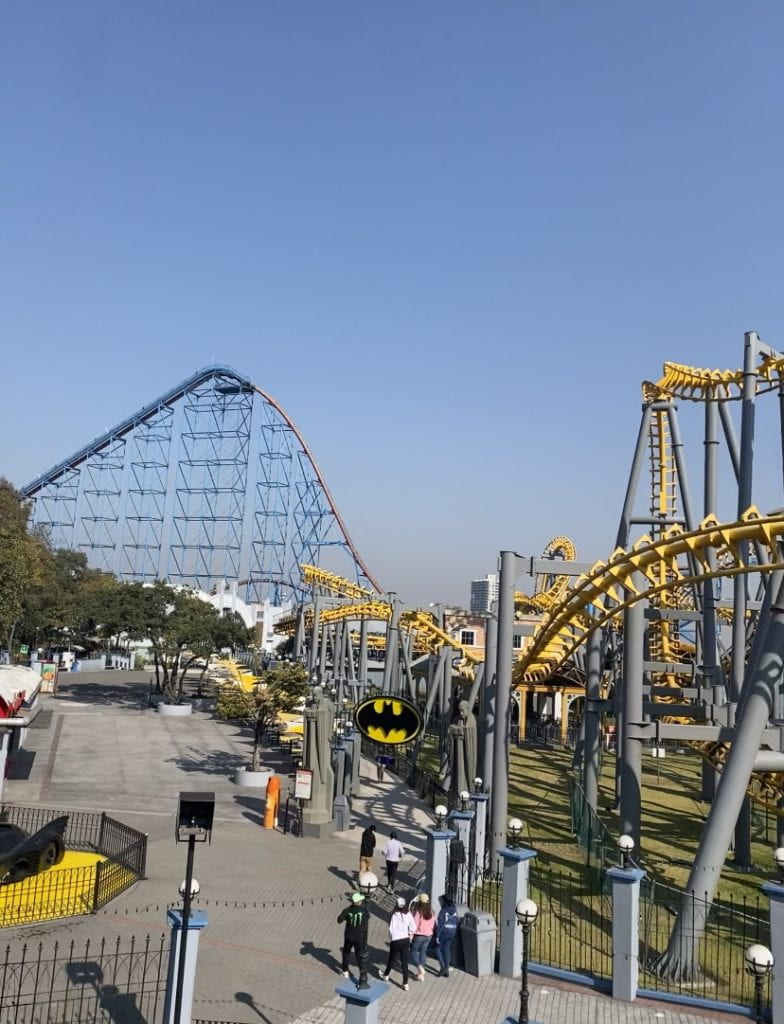
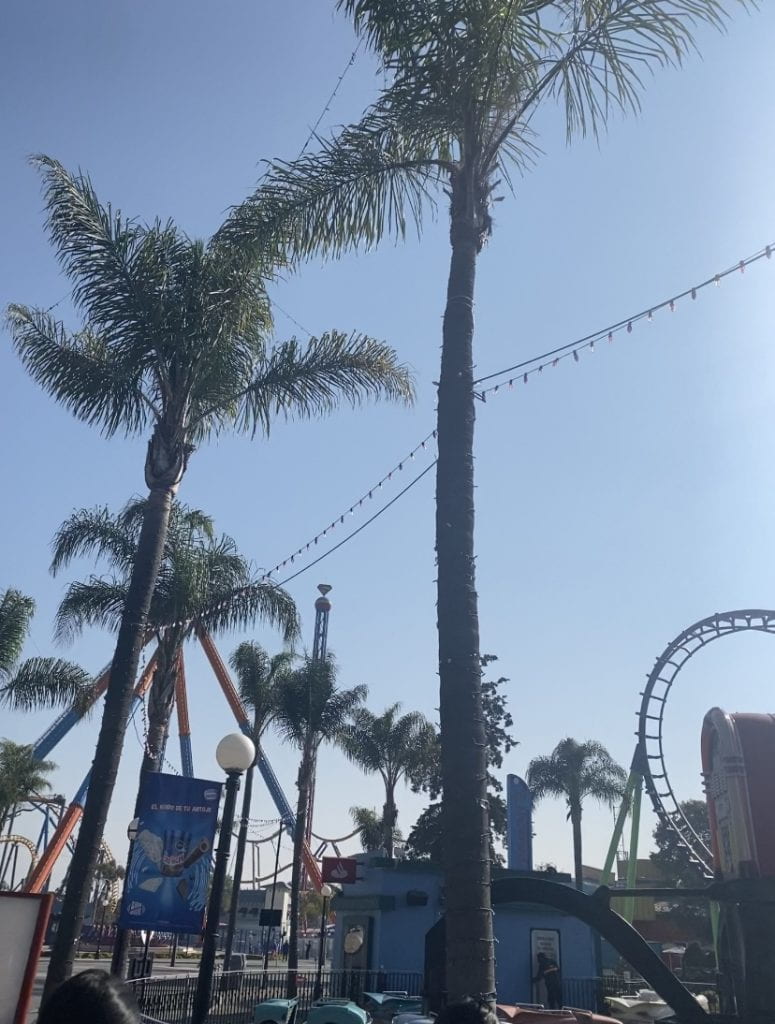
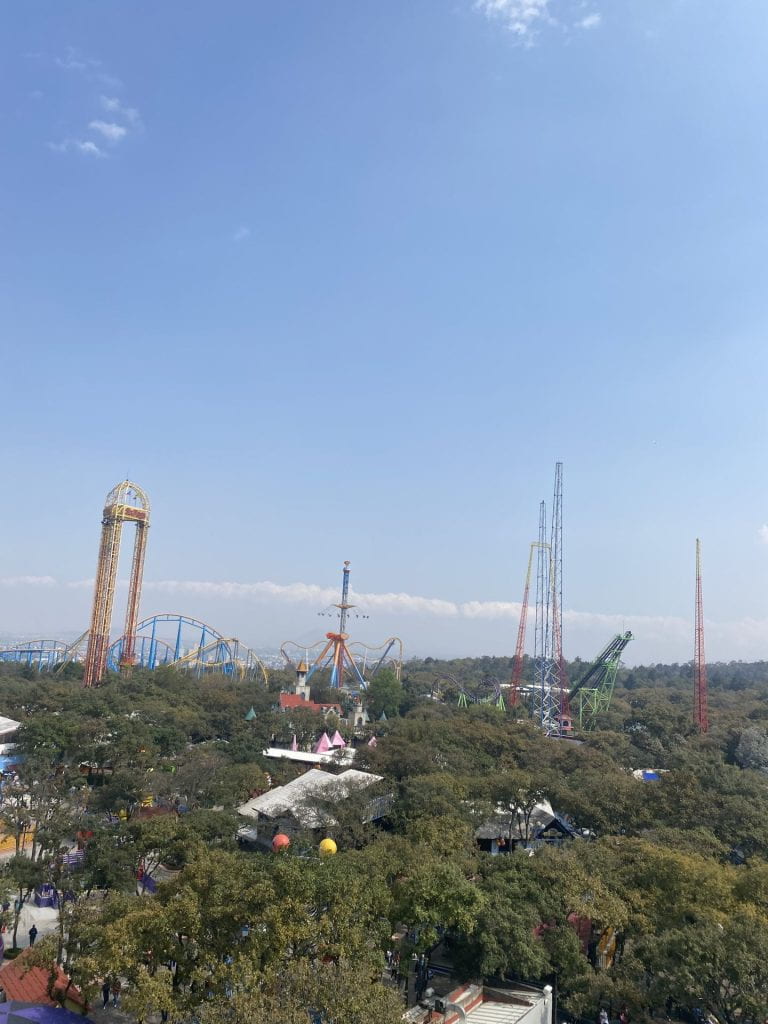
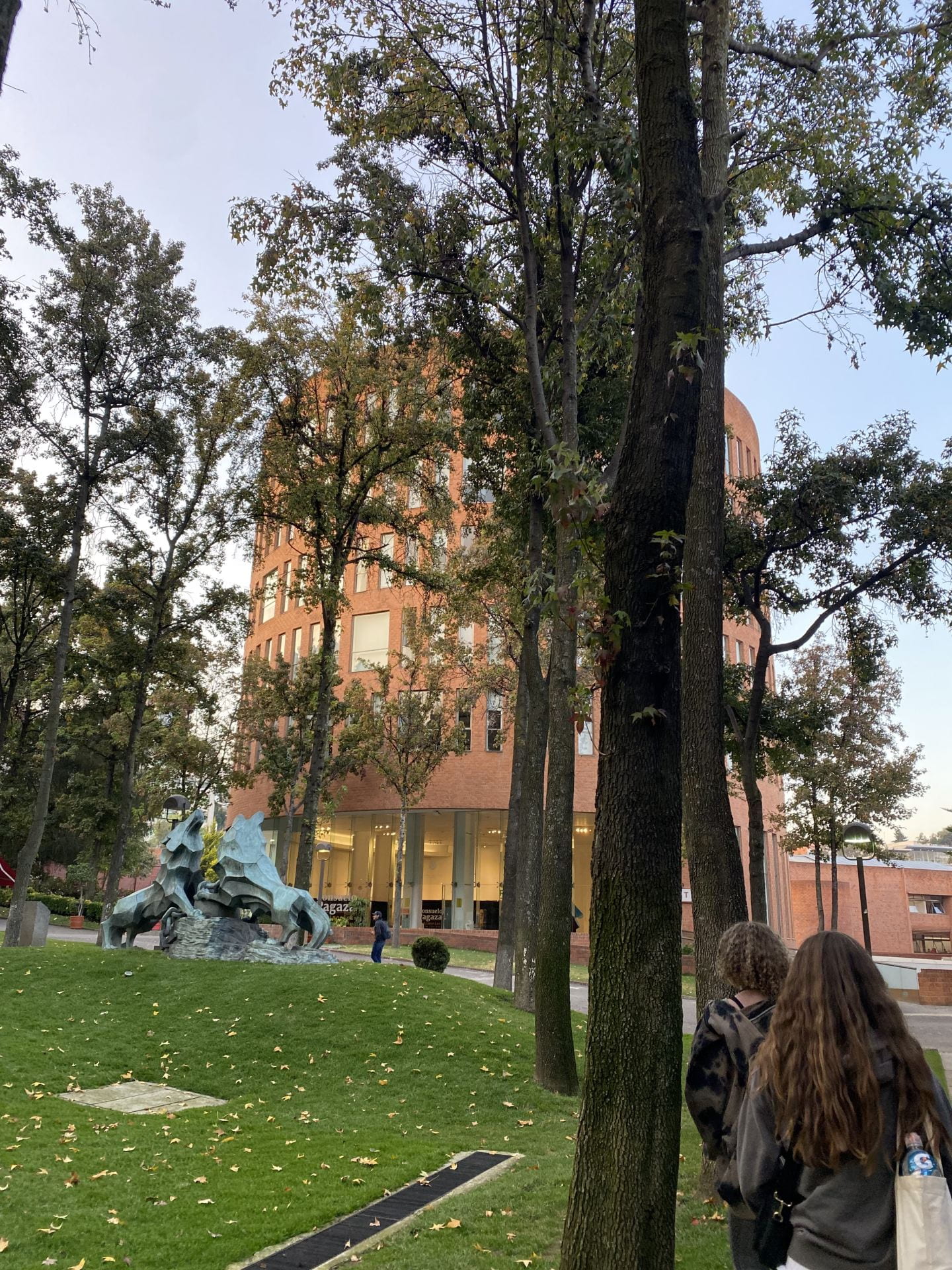
Such a beautiful piece of writing – I loved how you mentioned the importance of using both theory as well as enacting these ideas and adopting different perspectives/ways of conceptualising an issue.
The Frida Kahlo house looks beautiful and those rides looked cool (and sounded frightening).